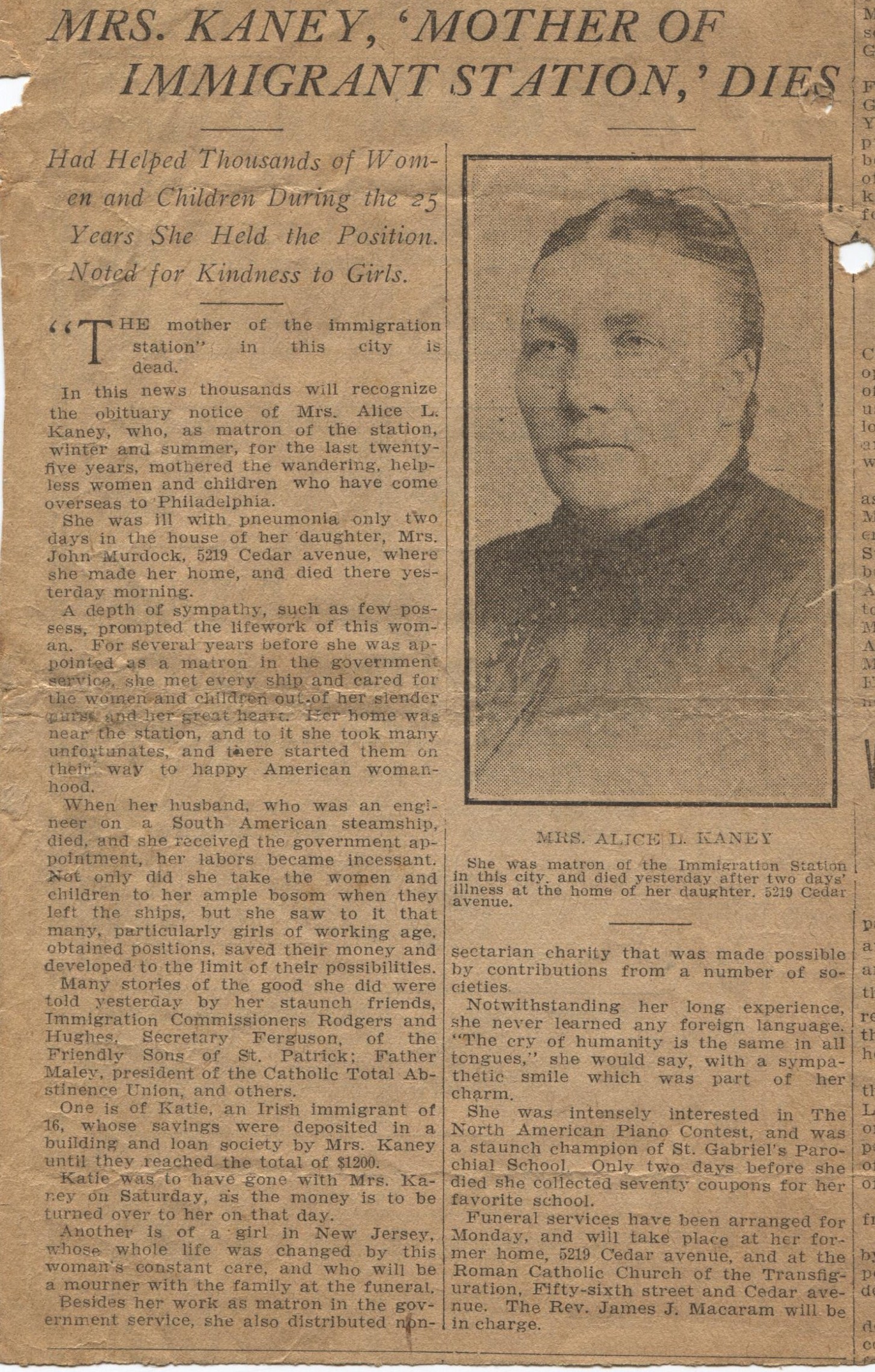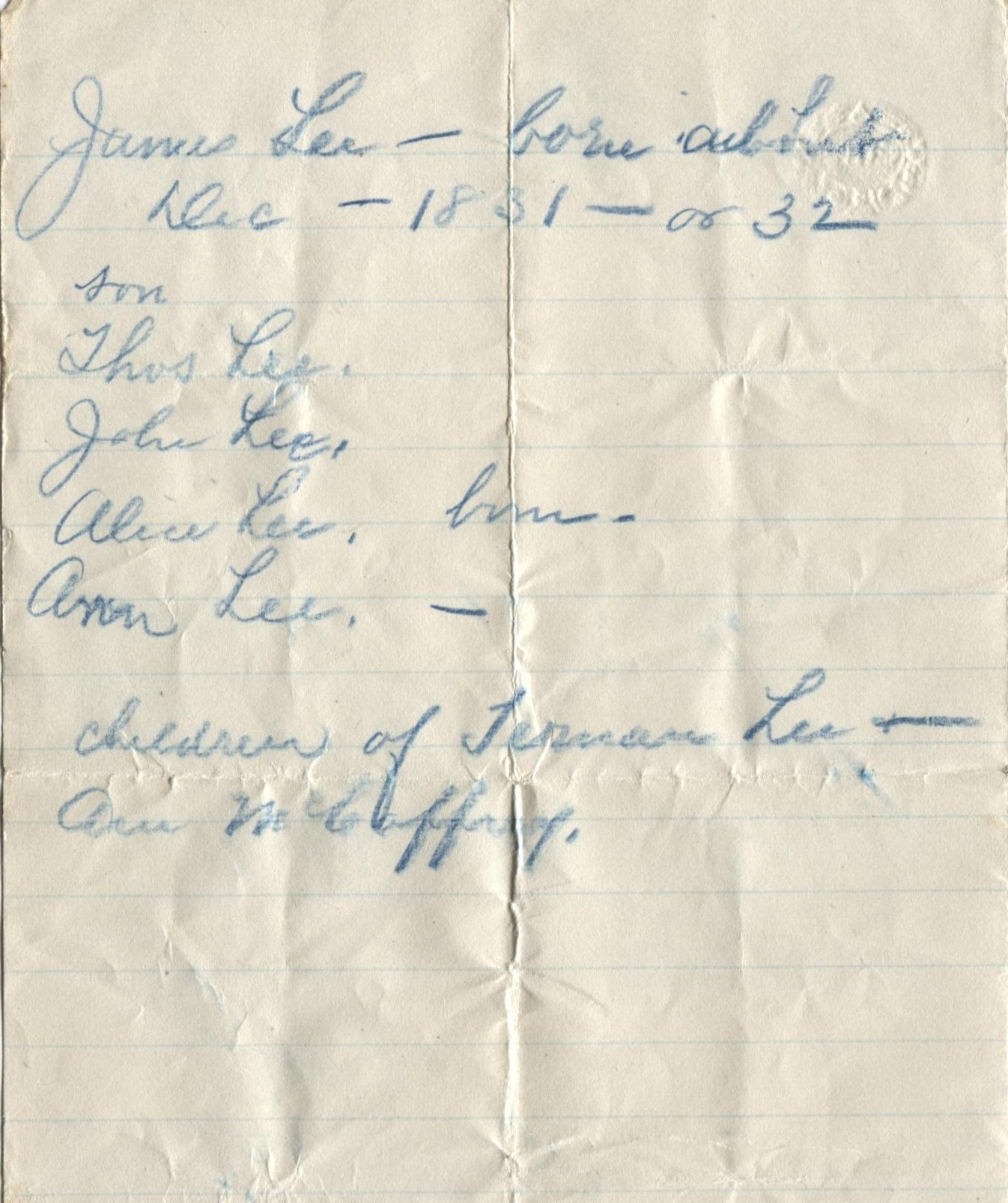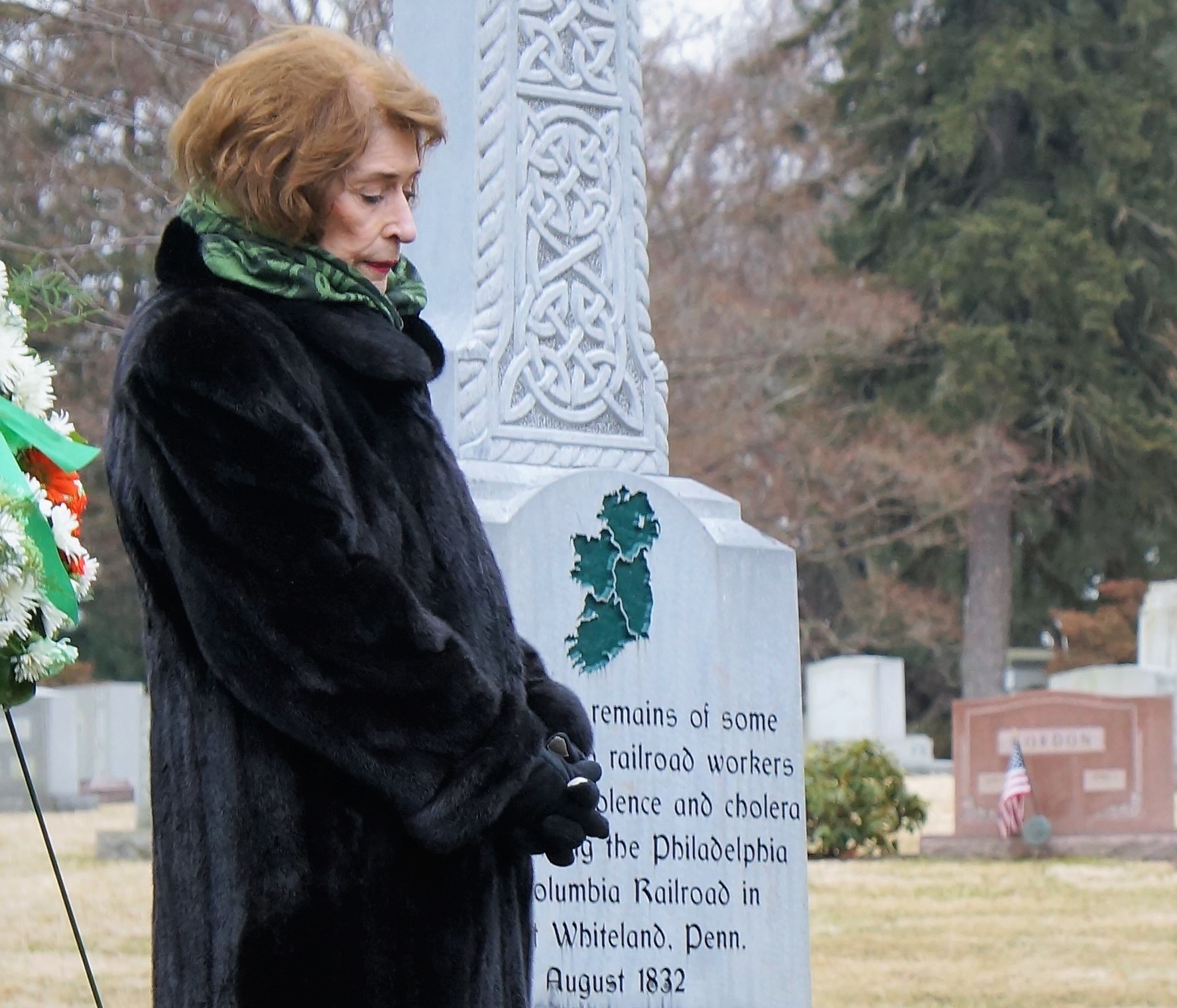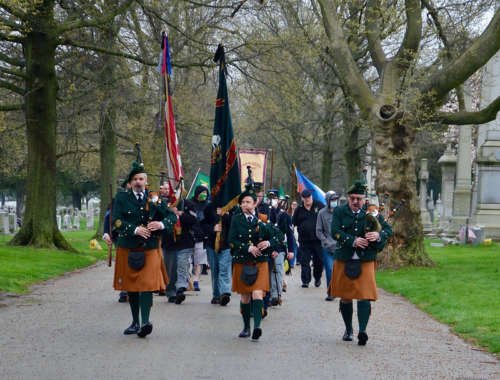I just want to begin by clarifying that there is a vast and vital difference between the definition of “hoarding,” and the act of saving really good old family stuff. But, on the other hand, there can definitely be a fine line between that which is considered trash and that which is celebrated as treasure to the hardcore genealogist.
Because anyone who has spent time searching for that elusive paper trail on a mystifying ancestor knows the frustration of not being able to break through the brick wall. Sometimes the records are missing or lost, or records weren’t kept at the time and in the place we’re looking. Sometimes we don’t even know where or when we should be looking. We put aside that ancestor or that line and decide to come back to it later. And then, occasionally, through the miracle of modern technology, we find our family’s answers online in a distant cousin’s tree.
This is one of the reasons I tell researchers to never give up. You never know what’s out there, what’s been hidden away in an attic or a basement that is now ready to see the light. Genealogy has entered an era when people are willing and able to share old photos, stories and even scraps of paper that have been passed down through generations.
As a collector of family photos, stories and even scraps of paper belonging to not just my own family but those around me, I get the same satisfaction from sharing as I do from discovering. Case in point: my stepfather-in-law and his 19th century Irish-Philadelphian ancestors.
About seven years ago, I started DNA testing everyone I could get my hands on. When I asked my mother-in-law to spit into a cup for me, her husband, John Wiler, said, “What about me? Can I do it?” He was 85 at the time (he has since passed away) and knowing nothing about his family’s history but always excited to research a new line, I said “Sure!” It turns out that not only did his DNA end up becoming a connecting match to others, but he opened up his family albums and information to me. And those correlating components together have combined to provide answers to distant cousins almost 200 years down the line.
John Wiler’s great grandmother was a woman named Alice Virginia Lee. Born in County Cavan about 1843, she came to Philadelphia sometime about 1860 and married a fellow Irishman named Owen Kaney. These are facts that can be found by anyone spending a few hours on Ancestry. What his family knew that couldn’t be found anywhere else, and that I’ve now shared as the photos accompanying this article, are the notes made generations ago by his great grandmother.
Alice Virginia Lee was the daughter of Ternan AKA Terence Lee and Ann McCaffrey. She had siblings named James, Thomas, John and Ann, and they were all christened by either Father Philip McGovern or Pat Smith at the Chapel of Killdough, in the Parish of Temple Port. Other notes mentioned addresses where the family lived in Philadelphia, and included names of the brothers and sister that also came over and who they married. The family also saved a copy of Alice’s obituary; when she died in 1909 she was heralded as the “Mother of the Immigrant Station” for her work in helping young female immigrants from Ireland find jobs and places to live as they came off the ships.
Shortly after John Wiler’s DNA results came back, I was contacted by a 3rd cousin match who had traced his family back to a James Lee, born about 1831 in Ireland. He knew that an Alice Lee, a John Lee and an Ann Lee were sponsors at the baptisms for James Lee’s children in Philadelphia, but that was about it. He didn’t know the names of James’ parents or where in Ireland he had been born. But with the DNA connection, and the notes passed down through Alice’s family, he now had new information and avenues to follow up on.
Genealogy at its best is a collaborative effort, and the Irish Diaspora Center in Havertown is bringing people together virtually to share their research. Each Thursday at 3 p.m., I present a FB Live video on different topics. Below is this week’s video where I discuss how one family’s saved information can bring together distant cousins generations later.





